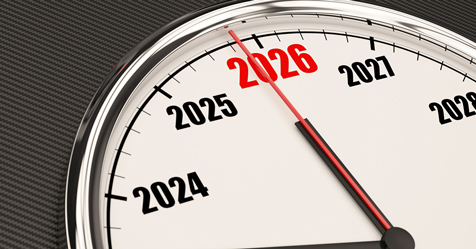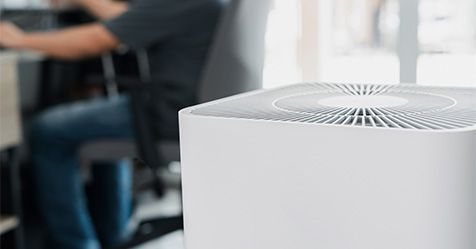Common Chemical Questions in Healthcare Facilities
Healthcare facilities must put standards first as improper use of cleaning chemicals can be deadly
Far too often, healthcare facility managers and owners fail to understand how cleaning chemicals should be used to reduce health and safety risks for patients and staff. Many owners and managers believe that these chemical products are inherently trustworthy and guaranteed to kill bacteria and germs entirely. However, this is not always the case.
According to J. Darrel Hicks, a nationally recognized subject matter expert in infection prevention and control, this use of chemical solutions without understanding how they work can damage all kinds of property and put staff and patients at risk, “In my career spanning 34 years managing an environmental services (EVS) department, I have encountered employees who believe, ’If one ounce per gallon is good, two ounces per gallon will be twice as good.’ Those that do not follow the manufacturer’s label believe that their task would be quicker if they just added more stripping chemical to the mop solution. Both scenarios put frontline workers at risk of occupational exposure to cleaning chemicals, strippers, and disinfectants, and they damage surfaces while adding unnecessary costs to the chemical budget.”
Improper use of chemicals can lead to dangerous chemical mixtures, chemical injuries, and higher cases of viruses and airborne illnesses. Especially when dealing with healthcare facility cleanliness, the results of improper cleaning can be hazardous and potentially deadly.
Hicks believes the key to safely cleaning in a healthcare or hospital facility setting ”is to pay attention to expiration dates on chemicals and disinfectants.“ As a manager or owner, take the time to go through your current cleaning chemicals and supplies to ensure they are being used properly, no expired chemicals are still in stock, and your team knows how to use each of these products to achieve the safest and best results.


